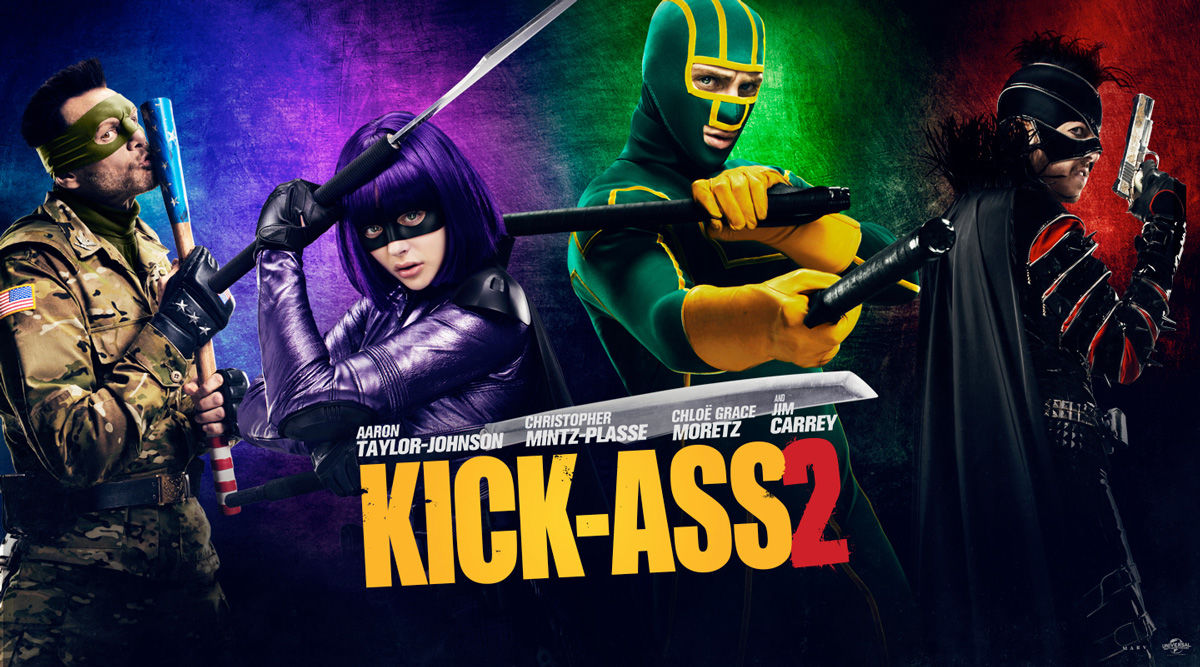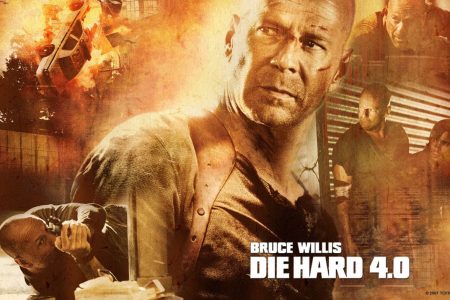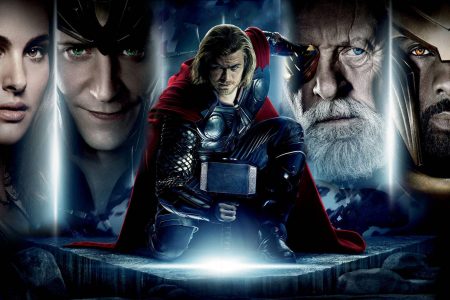It used to be that, as a rule of thumb, sequels weren’t as good as the first film. The exceptions to this were so small that you could easily list them (The Godfather Part II, Terminator 2: Judgement Day, Aliens) and stay confident in the generalisation. However, there was a slow turnaround in the fortunes of sequels so that it was no longer a small list, and the rule of thumb was no longer a rule. In comic-book movies, this trend had significant outliers – Blade II was better than Blade, X-Men 2 was better than X-Men, and Captain America: Winter Soldier was exponentially better than Captain America: The First Avenger – but, unfortunately, there were still examples that seem determined to adhere to the original maxim. I wanted to use to talk about three of them.
I love comic books and I love films, so I love the combination of both (see my ‘comic book movie’ category for evidence); I tend to see them mostly in the cinema and then blog about them. However, there have been comic-book films that I haven’t had the desire to watch on the big screen, and, when I’ve watched them at home, I didn’t have any desire to talk about them on the blog. Three comic-book movies that fit in this category all happen to be sequels, so it seemed sensible to jump on a theme and collectively bash them instead of doing ‘proper’ reviews (I use the sneer quotes to denote that what I do aren’t proper reviews).
Kick-Ass 2
I recently watched Kick-Ass 2 and Sin City 2: A Dame To Kill For on Netflix, and I’m glad I didn’t see them in the cinema or pay money specifically to see them. Both films suffer from seeming like parodies of their originators, almost as if they are knock-offs instead of direct follow-ons (and I enjoyed Kick-Ass). In Kick-Ass 2, blame can be laid at the feet of writer/director Jeff Wadlow – instead of recapturing the specific tone of the first film, which mixed ultra-violence with style and a tongue firmly in its cheek, Wadlow thinks that lots of violence and Hit-Girl spouting clichés when she dispatches gangsters in action scenes scored to bizarre musical choices are all that is needed to repeat the success of Kick-Ass.
Jim Carrey, who actually gives a good performance, notably came out against the violence of the film before it came out, but it’s possible he’d seen an early cut and was using any excuse. The sequel also uses the casting decision of the first film of using British actors as Americans (Iain Glen pops up as a mafia boss, Steven Mackintosh and Monica Dolan as bereaved parents, Andy Nyman as a psychotic gangster, Daniel Kaluuya as an MMA fighter turned villain, and Benedict Wong as a Chinatown boss), and I still can’t work out why John Leguizamo decided to be in this.
The film suffers from the contradiction of pretending that it’s a film about superheroes in the real world but still having comic-book action that defies the laws of physics (the bit at the end where Hit-Girl gets an adrenalin shot and practically becomes Jesse Quick) and a plot that doesn’t make any sense. The only good decision made in the film is that it doesn’t opt for the horrific rape scene of the Mark Millar–John Romita Jr comic book, and the only bit I genuinely enjoyed was Hit-Girl using a shock baton to cause a bullying teenage girl to (digitally) vomit and shit her guts out. I may have a strange sense of humour …
Even though Matthew Vaughan was a producer, he seems to have taken a hands-off approach, and the film feels like a sequel for the sake of money, instead of being an adaptation of a comic book. This is something that connects the three films – come back tomorrow for the next Unsatisfying Comic-Book Movie Sequel.




